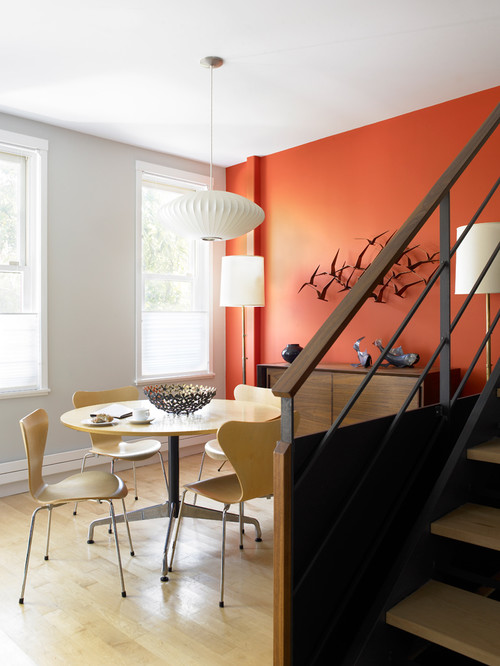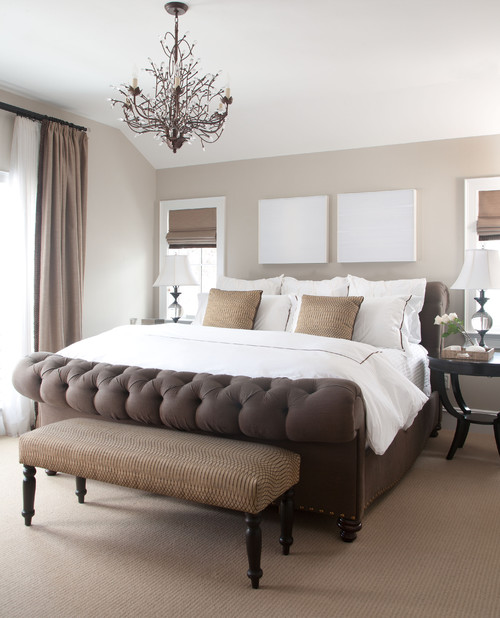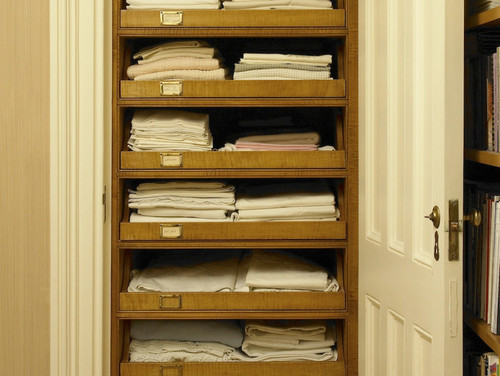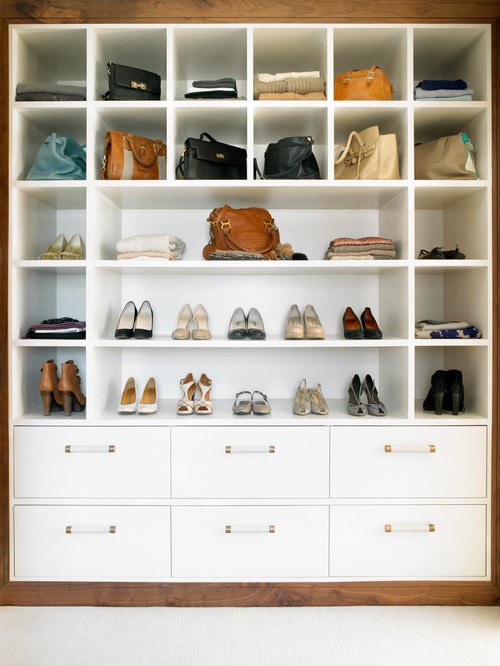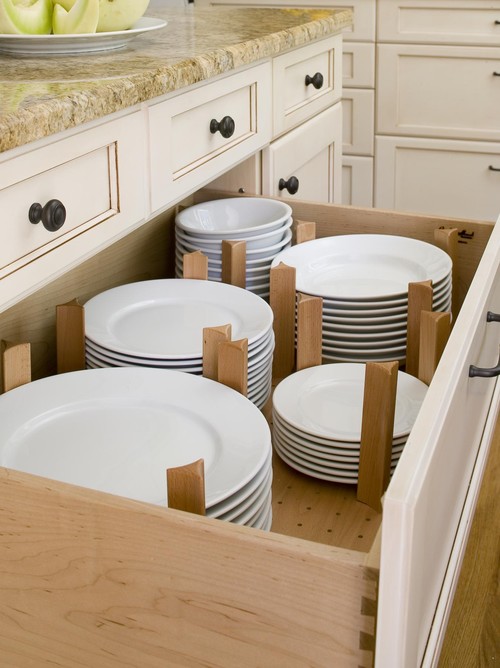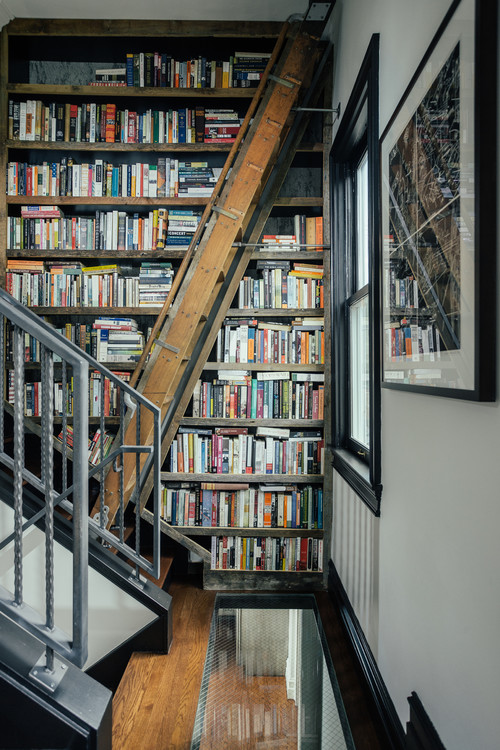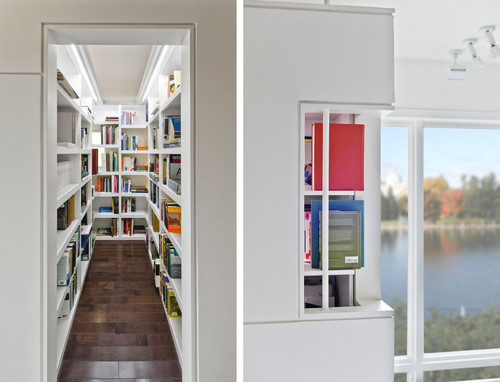Social Links Widget
Click here to edit the Social Media Links settings. This text will not be visible on the front end.
Trend Alert: 8 Colors to Try This Season

 Now that October is here and it’s officially fall, breezy colors and summery decor will start to feel out of place. Make holiday houseguests and potential buyers feel at-home with the comfy, cozy and even cheerful shades of the season. Follow along as we uncover eight trendy colors that will last through the new year.
Now that October is here and it’s officially fall, breezy colors and summery decor will start to feel out of place. Make holiday houseguests and potential buyers feel at-home with the comfy, cozy and even cheerful shades of the season. Follow along as we uncover eight trendy colors that will last through the new year.
1. Pumpkin Spice
As everyone is lining up for their long-awaited pumpkin spice lattes, the hue also has a well-earned spot in home decor. It’s bold, exudes warmth and resembles the always festive holiday, Halloween. This color works well when painted on one wall, as shown above, or through accessories like rugs, pillows, and throws if you’re color shy. It pairs well with neutral colors and monochromatic palettes as it takes the spotlight in all of its seasonal glory.
2. Autumn Red
If you don’t use autumn red in autumn, when will you use it? Although it’s a dramatic shade, it can infuse any room with a fiery and fun vibe. It adds intense energy to contemporary and modern rooms while being a happy addition to any playful, eclectic space. Use it intentionally and sparingly in a room to enhance its overall effect.
3. Emerald Green
There’s so much to love about this deep shade of green. Unlike the previous colors that are more playful, emerald draws from its roots in Mother Nature to create a sense of calm in any space. Serving as the focus in this kitchen, emerald green cabinetry marries perfectly with blond wood tones and light countertops. Wouldn’t you like to spend all holiday season here?
4. Navy Blue
Even darker and more daring than emerald green, navy is a close cousin to black. If you’re not psyched about displaying the iconic holiday colors in your home, but still want to stay on the dark side of the spectrum, this shade of blue is perfect for you. Honoring its origin from the British Royal Navy, this color embodies ultimate elegance, sophistication and power. Bringing navy into your home this season can have surprisingly health benefits too. It’s been shown to have a calming effect on the human body by slowing heart rate and metabolism.
5. Wine
Often an overlooked shade of purple, wine would make a lovely addition to any home this fall. Following suit with the deep tones discussed above, it has the strongest effect when used sparsely, as seen in this Chicago bedroom. Purple has historically been a color of royalty and power. Its wine pigment is no different, conveying richness and seduction in every capacity.
6. Steel Gray
Gray is one of the most versatile hues on the spectrum and can easily be used all year-round. Having said that, it’s often hard to choose the right gray for the season. Light gray can be seen as a winter wonderland while charcoal can be hard to distinguish from black. Steel gray is a solid middle ground. It’s the star of the show in this contemporary London kitchen with its sharp, clean and defined lines.
7. Mustard Yellow
A hue that echoes the falling leaves soon to come, mustard yellow provides warmth and joy to any space. It plays well with other bold colors, like the bright blue sofa and TV stand in this eclectic living room. For year-round summer lovers, this color can also serve as a happy reminder of the sunny days and will brighten up any interior.
8. Brown to Beige
Brown is a classic fall color, but too much of it can make a home feel more like a cave. Instead, use brown as an accent color and brighten it up with a lovely beige tone. Add in some white decor for a gorgeous layered look, like you see in this Denver bedroom.
How to Plan Your Furniture Arrangement Before Moving In


Guest post by Laura McHolm
Designing a floor plan in your new home is a step that is frequently overlooked. However, it is essential to create a floor plan for your new home before you move. Not only is it the step that saves you money on moving day, it also transforms a new house into your new home.
If you have a plan for where each piece of furniture will be placed in your new home, you will save time and money on moving day. The movers will not be rearranging your furniture for hours while on the clock. Sadly, the easy act of creating a floor plan before a move is a rarity. If you are not an interior designer it can be extremely challenging to know how to create a floor plan and envision a layout for your new home. So naturally, I called upon an experienced pro, Interior Designer Kathy Geissler Best of Kathy Best Design, to unwrap the secrets behind creating a beautiful and functional floor plan.

Here are Kathy’s seven steps to create a well-designed floor plan:
1. Edit
Edit your furniture. Move only pieces you love and use. Now is the time to get rid of furniture. You want your new home to look open and feel fresh. Give items that you no longer love to the Goodwill, Habitat for Humanity, a family member, or sell at a consignment store.
2. Measure
Once edited, measure your key pieces. You don’t need to measure every piece of furniture, just the large items like sofas, beds and main tables.
3. Take a Field Trip
With furniture measurements in hand, take a trip to your new home. Stand in each room and think about how you are going to use each space. Rooms will be used more often if they have multiple purposes. For instance, a living room can be both for entertaining and a family game room, and a guest room can double as a home office.
4. Don’t Rush
Walk around the new home. Experience the light in each room at different times of the day and if possible on different days. Think about how you want to use each room and what will be the focal point of each room.
5. Take Note
Once you have a purpose and a feel for each room, it’s time to make a sketch. Draw a rough sketch of the room and jot down measurements. Note locations of electrical outlets, windows, light switches, chandeliers. This information will help you place furniture and décor later. Be sure to measure the path of entry to be sure big furniture items will fit through doorways, halls, and stairs.
6. Play & Design
Another way to get ready for the move is to make templates of the large furniture pieces on butcher-block paper. Move the templates around and play with them, rearranging them in different places of the room, until you find a layout that feels right. Then adjust to these pro rules:
- Think about where you want to look in each room. At the fireplace, the view, TV? Face the furniture to work with this focal point.
- Figure out where you want the bigger pieces and then build around them.
- If you can, place dressers in the bedroom closets to open up space in the bedroom.
- Leave an open welcoming path into each room. For example, do not have the back of a sofa facing the entrance to a living room.
- Think about seat heights. A dining chair is taller than a lounge chair. You want chairs and a sofa to be at the same level in a sitting area.
- Leave at least 18 inches to walk around beds. If guest rooms are not large, a queen bed will make the room appear bigger.
- Use rugs to define areas. For instance, define a reading space in the living room with a separate rug. Be sure to make note of where rugs go so the movers can lay them down first in the correct locations.
7. Sketch & Post
Now that you have figured out where you want each large piece of furniture, complete your sketches. Tape the drawings of each room layout in the rooms. The movers will know where to place the furniture.
Congrats, you have a plan and the fun part is just beginning! At the end of move day, you will be walking into a home that fits you. The furniture staples will be placed just where you want and need them and now you get to add the décor accents! Furniture is like a wardrobe, dress it up with seasonal throw pillows, side tables and other accessories. You want to feel happy when you walk into each room. With the layout done now you can make your new home your happy place.
How to Find Inexpensive Art for Your Home


Add your own flair to your home through art with these creative & inexpensive ideas.
Your home should reflect your personality, interests, and all the people and things you love. One of the easiest ways to accomplish that is through the artwork you display around your home. When my husband & I moved into our apartment, we initially worried about finding art that was not only beautiful, but at a price point that wouldn’t break our budget. Here’s what we discovered:
Print Your Favorite Photos on Canvas
Some of our favorite artwork displayed in our home is actually photos we took ourselves while traveling, and had blown up & printed onto canvas. Snapfish allows you to create your own canvas photo art starting at $39, and it’s the perfect way to show off your favorite family photos or pay homage to your favorite vacation spot as a reminder to get back out there!
One Word: Ikea
I have somewhat of an Ikea obsession, and their “decoration” department is no exception. Between their extensive collection of artistic prints, frames, and accessories, you could truly find something for every room in your home — and still have money left over for those Swedish meatballs on your way out.

Joss and Main
Clicking around on this website is like digging for treasure – except you always find one .. or two, or three. This site is beautifully curated with discounted art, furniture, rugs, bedding… you get the idea. The best part? You can browse by style, so if you’re going for a certain vibe – coastal, bohemian, rustic – the site will only show you items that align with that style.
DIY
One of our favorite pieces of art in our home is one we made ourselves. I find my inspiration for these projects on – you guessed it – Pinterest! It’s not only a great way to add something totally unique and special to your home, but it provides a great excuse to gather up your art supplies and enjoy a relaxing day of creativity. You can see a few of my favorite Pinterest DIY projects here, here, & here.
Need more home decor ideas? Click here to discover 12 ways to make your home even more awesome!
Pare Down and Declutter By Knowing How Much Stuff Is Enough
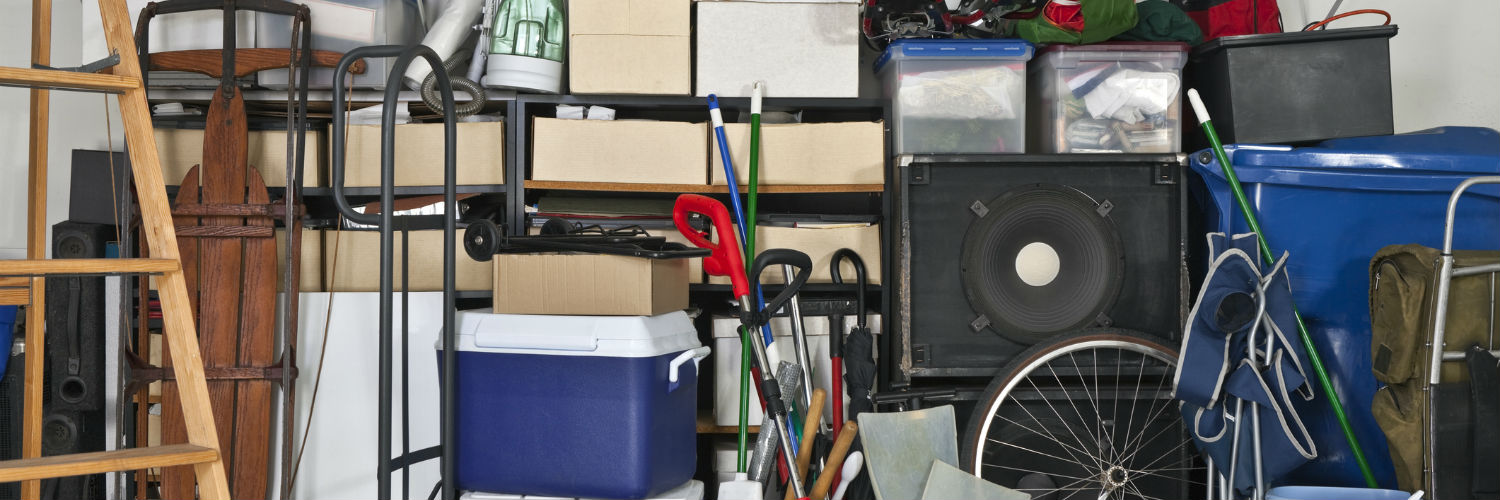

So you want to pare down your belongings. But how much, exactly, do you get rid of? And how can you prevent stuff from simply piling up all over again? Part of the solution to a lasting clutter-free existence may lie in numbers. As in, the number of pairs of shoes, towels, place settings and so on that you decide to keep in the house. By deciding how many items in each category of stuff you really need, those numbers become a sort of fail-safe, preventing your home from free-falling into its formerly cluttered state. Check out these ideas on how to get started, then share your own numbers in the Comments.
The “sometimes” dilemma: What to do if you use something but only occasionally? Fancy china and highly specialized cookware come immediately to mind. If you really do love to have these things when the occasion calls for it, and you have storage space for them, by all means keep them. Just be intentional about what and how much you are keeping, and know why. Try to avoid keeping large sets of anything purely out of guilt — if you’ve inherited something you don’t want, see if someone else in the family wants it, sell it or donate it to charity.
More tips on what to do with sentimental pieces
How much to keep? Set a space limit. One way to keep rarely used items in check is to limit the amount of storage space you afford them. Instead of allowing your entertaining arsenal to multiply indefinitely over time, taking over not only cupboards but basement shelves and the attic too, decide on one space to store these items in and stick with it. For instance, keep all china in one nice china hutch — if you acquire more down the road, give away or sell something to free up space.
The Rule of Three: One in the wash, one in the cupboard, one in use. You may have heard this one before, but it bears repeating because it really works. It can be difficult to come up with what seems to be a rather arbitrary number of items to keep, but sticking with one for the shelf, one to use and one to wash keeps things simple. I follow this rule for sheets (per bed) and towels (per person).
What about guests? Unless you are running a boarding house, two sets of sheets for each guest bed and two sets of towels per guest are plenty.
The seasonal exception: Even minimalists may want to keep extra stuff on hand to rotate in depending on the season — and that’s whether or not there are chilly winters.
It can be a nice change of pace to bring out thicker blankets in warmer hues for the winter and light, airy linens in summer. But that doesn’t necessarily mean you should double the number of sets you have, if some sets work well year-round. For instance, you could decide to keep one set of sateen sheets for year-round use, two sets of flannels for winter and two cool, crisp sets for summer.
Special case: Clothes. Clothes and shoes may be the most personal (and difficult) category of stuff to put limits on. That said, even those with intense attachments to their wardrobes can find it worthwhile to do a proper inventory.
After figuring out that you actually have 100 pairs of shoes or 20 nearly identical black tops, you may decide to bring that number down … or you may not, but at least you will be informed.
Special case: Kids’ stuff. When a child’s room is overflowing with stuff, it’s hard to focus on any one thing, and pretty soon all of those lovingly chosen toys become just part of the mess. Setting space constraints is a smart way to handle this situation. Dedicate certain shelves, plus perhaps a toy closet (for toys not currently being used in the rotation) for your child’s belongings, and keep it at that. When a bin or shelf begins to overflow, or you notice that stuff is piling up on the floor (because it has nowhere else to go), take that as a cue to give something away.
The everyday stuff: Count it out. Do you know how many basic plates, bowls, cups and wineglasses you own? If you’re not sure, go count them — you may be surprised at just how many pieces of “everyday” tableware you have. Of course it’s nice to have enough of everything that the whole household can eat a meal or two and not worry about getting everything washed and dried, and you’ll want extras on hand for bigger casual dinners with family and friends if you host that sort of thing, but you won’t likely need more than that.
Not everyone wants to stick with one set of white dishes (although for simplicity’s sake, that’s surely an easy way to go). But you can still set a limit at a certain number of sets. If you go over your number, it’s time to start culling.
Special case: Tupperware. What is it about plastic containers that makes them seem to multiply when you’re not looking (but hardly ever with a matching lid)? Start by removing any lids that don’t have mates, then count what you have left. Most of us probably have too many food storage containers — really, how many leftovers are you likely to wrap up at any given time? Three? Four?
Special case: Your passions. Book lovers, athletes, outdoorsy types, musicians, crafters … you know who you are. And more important, you know how easy it is to collect more and more stuff to support your passion.
Being aware of exactly what you already own is a good first step toward reining in your collections — perhaps your yarn stash is in such disarray, you end up buying yarn you already have.
But it’s also a good idea to start paying attention to what you actually use. If you treasure your books, notice which ones you actually pick up from time to time — I realized a while ago that I rarely pick up novels after I’ve read them, so I decided to let go of most books in that category.
Pain-free ways to declutter your library
Just because you have the room to store it doesn’t mean you should. Extra space is deceptive. If you are blessed with large closets and ample storage space, you may be thinking you’re off the hook — but the truth is, everyone can benefit from paring down a little. Having fewer belongings means less time spent cleaning, moving and mending them; less time looking for things; and generally less to worry about. And if you ever need to downsize in the future, the process will be far less gut wrenching if you have already chosen to live with less stuff.
Set your own rules. The point of this ideabook is to help you gain awareness of what kind of and how much stuff you need, so you can tailor your stuff to fit your life. And no one else can really do that for you. It may take a while to figure out exactly the right amount of stuff for you, but once you do, it’s bound to make your life a little easier.
Tell us: What are your numbers? How many sets of sheets, dishes or pairs of shoes are enough for you?
Related Reads
Keep All Fancy Dinnerware in a China Cabinet
Dedicate a Toy Box for All the Kids’ Stuff
Get Help From Local Professional Organizers
Source: Coldwell Banker Blue Matter Blog

 Facebook
Facebook
 Twitter
Twitter
 Pinterest
Pinterest
 Copy Link
Copy Link
